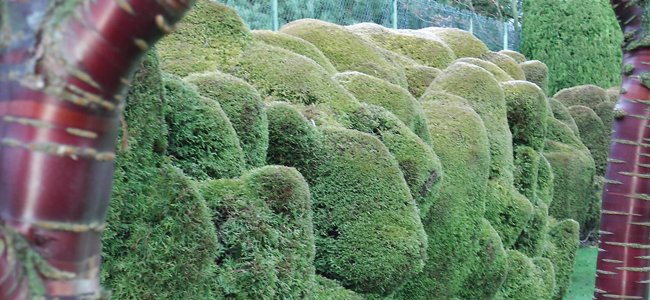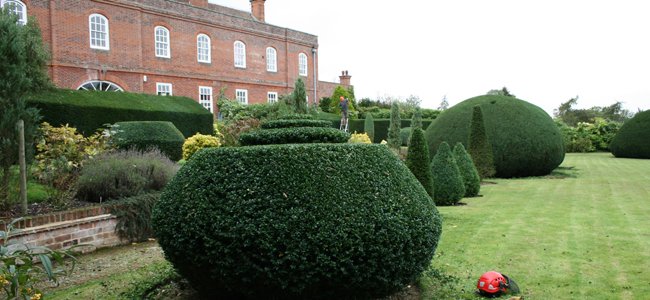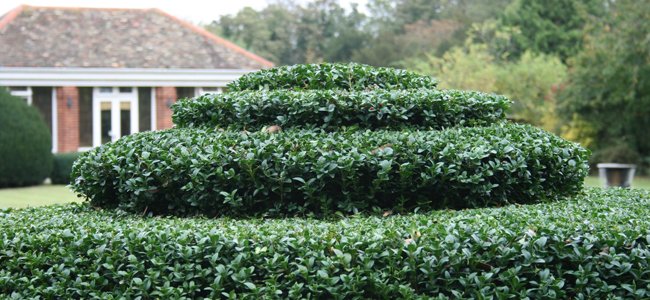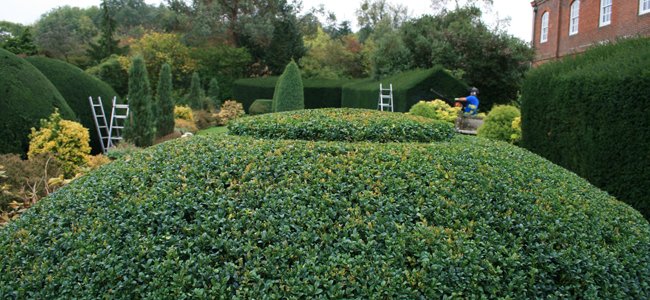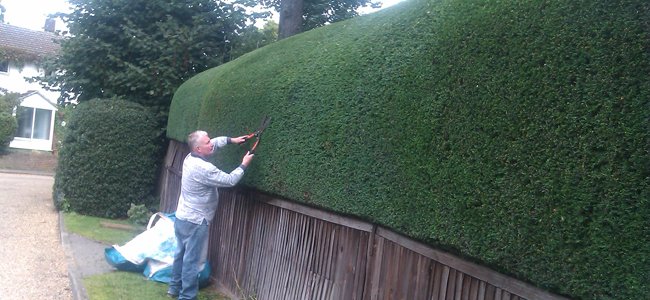Established hedges require trimming to keep them dense and compact whilst formal hedges require more frequent trimming than informal hedges.
Hedge Cutting is not as simple as just tidying it up when it starts looking tatty, there is far more that should be considered if you want a long lasting healthy boundary or feature.
If done incorrectly or irregularly, long term and potentially irreparable damage can occur. For example over-enthusiastic hedge trimming can result in bare patches and all conifers have little or no capacity to re-grow from old wood.
The time of year when trimming is also important, even if it is just light trimming. A recent research project found that die-back appeared to be slightly more common after autumn trimming (mainly October). Trimming in the summer during times of plant stress, such as prolonged drought or hot, dry spells may also be a factor.
With our extensive experience, we can spot and treat the early sign of pests and diseases that can cause brown patches and we can feed and install irrigation systems to aid recovery.
Topiary is one of our specialities. There is nothing more we like to perform than the traditional art of topiary. Topiary is usually created with Yew, Box and Holly with carefully, artistic and precision cutting over many years.

